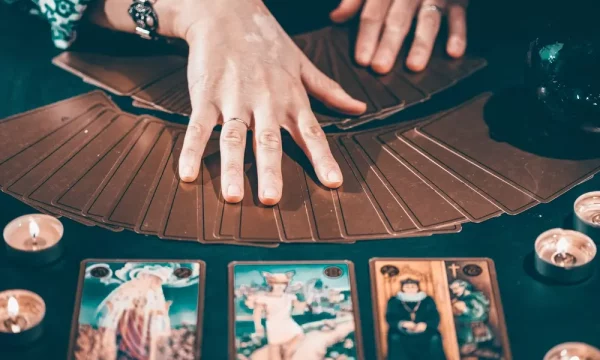
6 Ways to memorize the meanings of the tarot cards
Last Updated: August 8, 2023
Let’s face it: memorizing the meanings of 78 cards, both in their upright and reversed positions, is no small feat. I’ve been immersed in tarot for over a decade, and while it’s become a little easier to me now, I can’t emphasize enough the initial challenge of recalling the significance of each card, especially in varied reading contexts and for diverse questions.
To assist newcomers to tarot, this guide has been curated for you, offering strategies to effectively remember and incubate each card’s meaning. These methods greatly aided my tarot journey, and I hope they prove beneficial for you as well.
#1: Imagery (Visual memory)
One of the easiest ways to remember the meaning of a tarot card is to focus on its imagery.
Each tarot card has a unique image filled with symbols, colors, and figures. By focusing on visualizing each card and its details, you can enhance your ability to recall its meaning.
Now you are probably aware but there are tons of beautiful tarot decks out there, and equally a large amount of various illustrations for each card.
But imagery has been a significant pillar in tarot for centuries, and you’ll notice that tarot deck creators always put in symbolism related to the card meaning within their artwork. Bonus points if they add in astrological symbols too, as it can help with tarot timings and major themes!
Like how for the Moon card, you might think of the moon itself as a source of light in the darkness but notice how its light can distort and hide the reality of our surroundings, therefore causing illusions and fears. It can also show you phases of the Moon, depending on the deck, and remember that humans too have phases – but we are always full, regardless of what is shown.
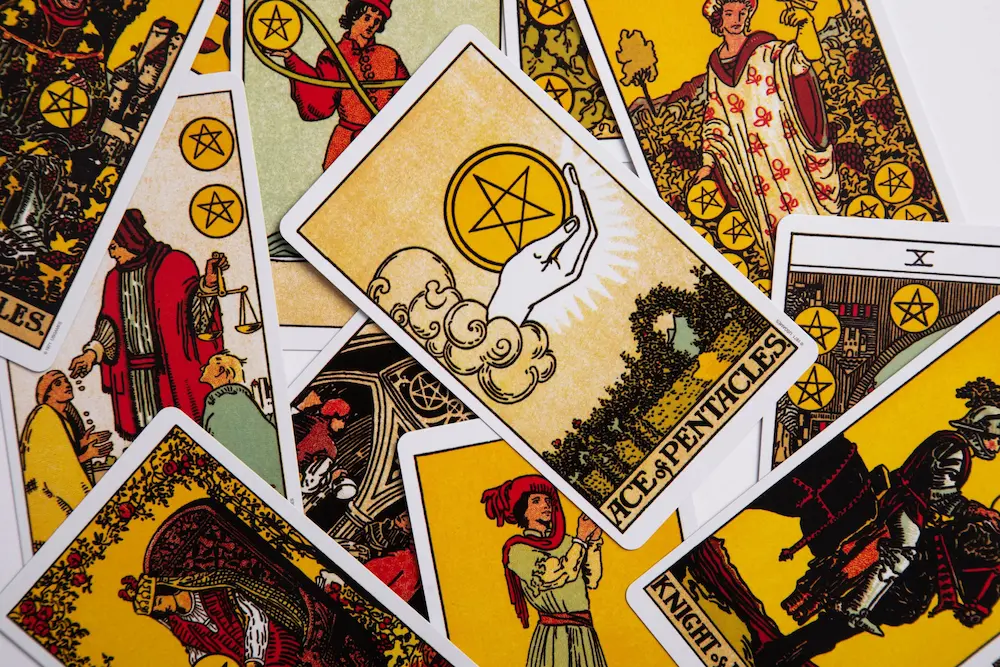
#2: Keyword Association (Semantic memory)
Keywords serve as concise representations or summaries of the generally broader meanings and interpretations of each card. They tap into our semantic memory by providing a quick reference point that can be easily recalled and understood. For example, for the Moon card, you could think of “illusion,” “confusion,” “fear,” “intuition,” and “subconscious.”
Keywords simplify the complex symbolism and narratives of tarot cards into digestible bits of information. For someone learning tarot, these keywords can act as anchors to the deeper meanings of the cards.
Repeatedly associating a tarot card with its keyword reinforces the connection in your semantic memory. Over time, seeing a card will automatically trigger its keyword in your mind, making readings more fluid.
Tarot keyword cheat sheets come in very handy here for quick reference when needed. Most tarot decks come with a guidebook where each card is deeply detailed. Obviously do not hesitate to check out my guide for all 78 card meanings too.
#3: Storytelling (Narrative memory)
Narrative memory is a type of memory that involves the ability to remember and organize information in a story-like format. It’s about understanding and recalling events, facts, or knowledge in a structured, sequential manner.
Each tarot card, especially those in the Major Arcana, tells a story. For instance, “The Fool’s Journey” is a narrative that describes the Fool’s progression through the Major Arcana, encountering challenges, lessons, and growth along the way.
But to take it a step further, you could create your own story around the card. For instance, the Moon card could be about a journey taken in the middle of the night. The journey is confusing and scary (representing fear and illusion), but it’s also a time when you’re most in touch with your intuition and subconscious to keep your wits about you, or even how the Moon’s lack of reflection causes us to look inward too.
For many tarot readers, intuitive readings are about sensing the story that the cards are telling. This involves tapping into narrative memory, combining the known meanings of the cards with personal intuition to craft a unique story that resonates with the querent.

#4: Personal Connection (Episodic memory)
While semantic memory deals with general knowledge and facts about the world, episodic memory is concerned with personal experiences and events. It allows individuals to recall specific episodes or events from their past, including the who, what, where, and when of those events.
Relate the card to personal experiences or emotions. If you’ve ever had experiences where things were not as they seemed, or times when your intuition was particularly strong, associate those moments with the Moon card. Think about how you’ve navigated dark nights of the soul yourself, and how the Moon has been your omnipresent yet hidden companion since birth.
Over time, as you work with tarot cards, you’ll have specific readings or cards that stand out due to their personal significance or the accuracy of their message. You might remember a particular reading because it was eerily accurate or because it provided guidance during a challenging time. These memories are stored in your episodic memory.
Episodic memories are often tied to emotions. A tarot reading that evokes strong feelings—whether of joy, sadness, surprise, or recognition—can become a vivid episodic memory. This emotional connection can deepen your relationship with the tarot and enhance the intuitive reading process.
#5: Regular Practice (Procedural memory)
Procedural memory is a type of long-term memory responsible for knowing how to do things, i.e., it stores information on how to perform certain procedures or tasks. It’s the memory of skills and habits, such as riding a bike, typing on a keyboard, or playing a musical instrument.
When it comes to Tarot, the more you work with the cards, the better you’ll understand and remember their meanings. Regularly draw daily cards, do readings for friends, or journal about each card. Make a playlist, create a workout routine, or even plan a menu based on the cards you pull.
Just as practicing a musical instrument improves your ability over time, regularly reading tarot cards and engaging with the deck refines the reader’s skills, further embedding them in procedural memory.
#6: Mnemonic Devices (Associative memory)
Associative memory refers to the ability to link, or associate, two or more pieces of information together in one’s mind. It’s the reason we can remember faces with names, events with places, or even emotions with specific experiences.
To help stimulate your associative memory, create a tarot mnemonic device related to the card’s meaning. For instance, for the Moon card, you might use “Mirages Obscure Our Navigation” – each of the letters spells the word Moon whilst relating to the aspects of illusion and confusion the card represents.
Give yourself a head start and check out my list of tarot mnemonic devices here.

Additional Learning Tips
Make the most out of tarot apps
These apps have grown in popularity due to the convenience they offer, especially for those who may not have a physical tarot deck or want to practice on the go. I have been using them a lot at first, practicing on commutes to work and making the most of the quiz function where I could test my knowledge regularly – I felt like i was studying my driving theory all over again. But it paid off!
Join Group Study or tarot forums
Discussing card meanings with others, such as in a tarot study group, can provide different perspectives and insights, making the learning process richer. I have seen some Facebook groups where each Monday new card is discussed by the community, which is an excellent way to see the various point of view. The tarot subreddit is also a good place to learn.
Bottom line: practice, practice, practice
At the end of the day, tarot is an intuitive art and for some, a full time vocation. You can not learn to be a mechanic in a few weeks. You gotta persevere and keep practicing. Over time, this repetition will move the card meanings from short-term memory to long-term memory. Don’t be afraid to reach out to others in the tarot reading community for tips on how they learned the cards too!
If you have any additional questions, feel free to reach out to me via the contact page.

I have been reading Tarot for more than 15 years. I have always enjoyed using my intuition to provide clarity and insights to others. Tarot is one of my favorite forms of divination, and I love sharing that passion with like-minded folks.
Continue your tarot journey ✨
This page is part of our collection of articles on learning about tarot. If you enjoyed reading this, then you will enjoy the following articles.
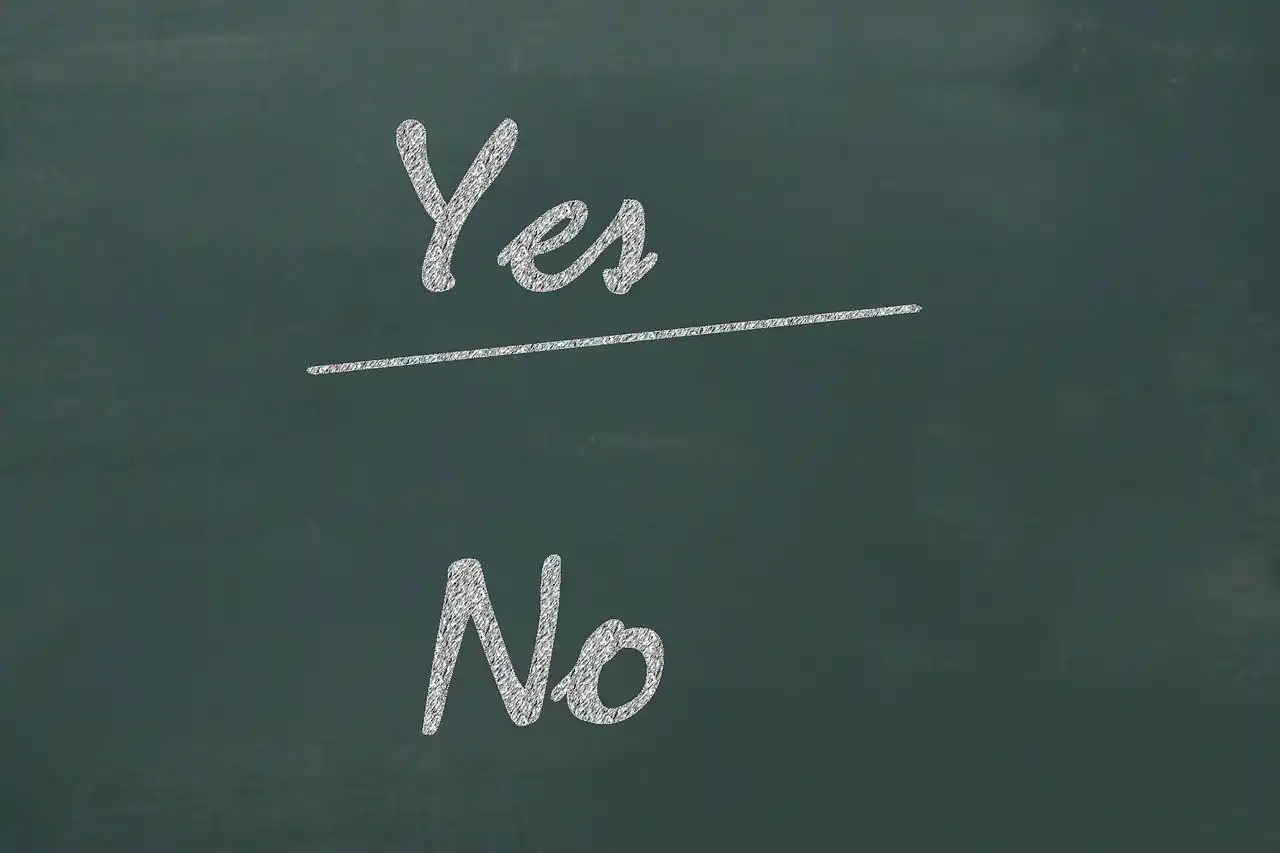
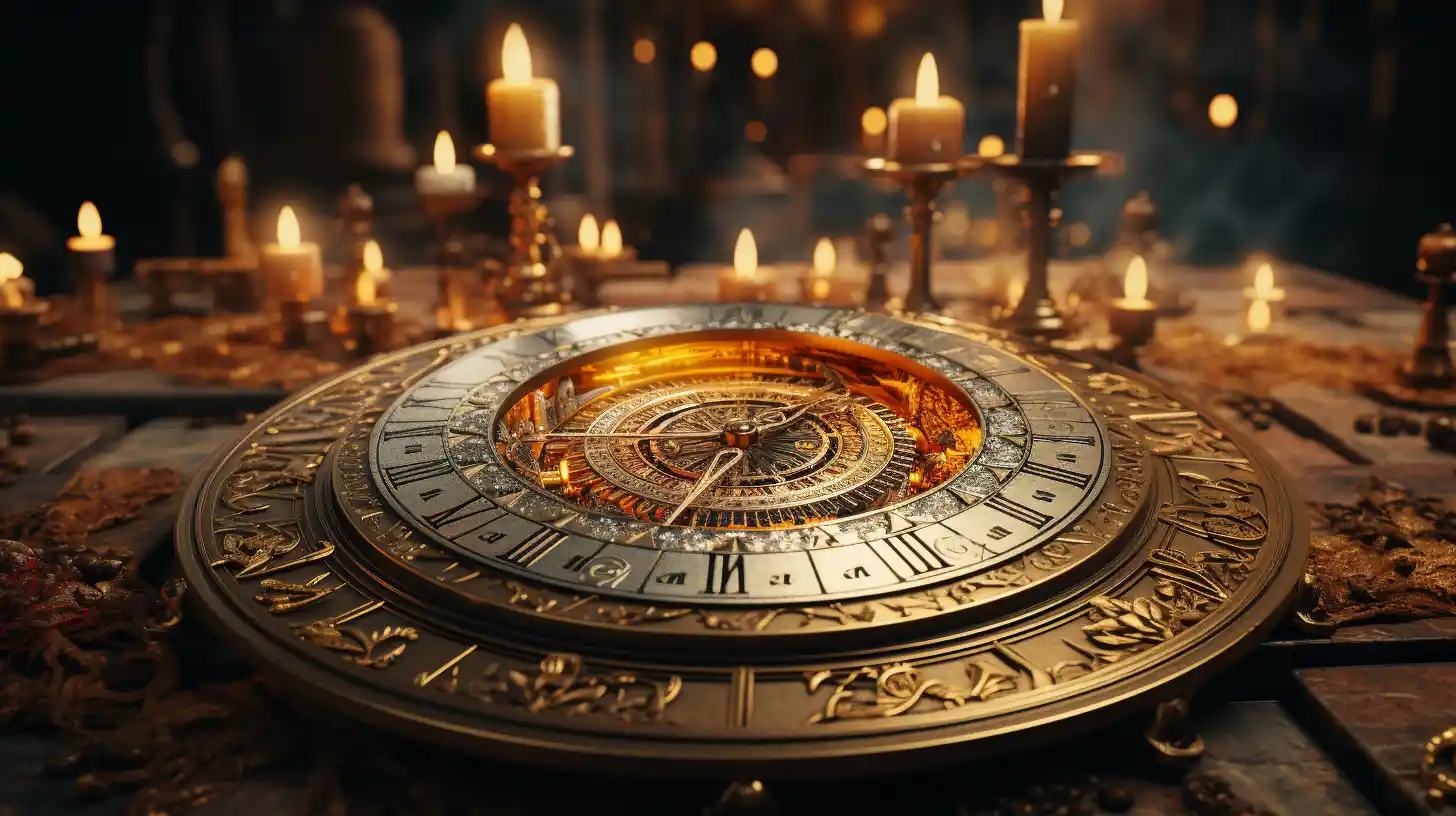
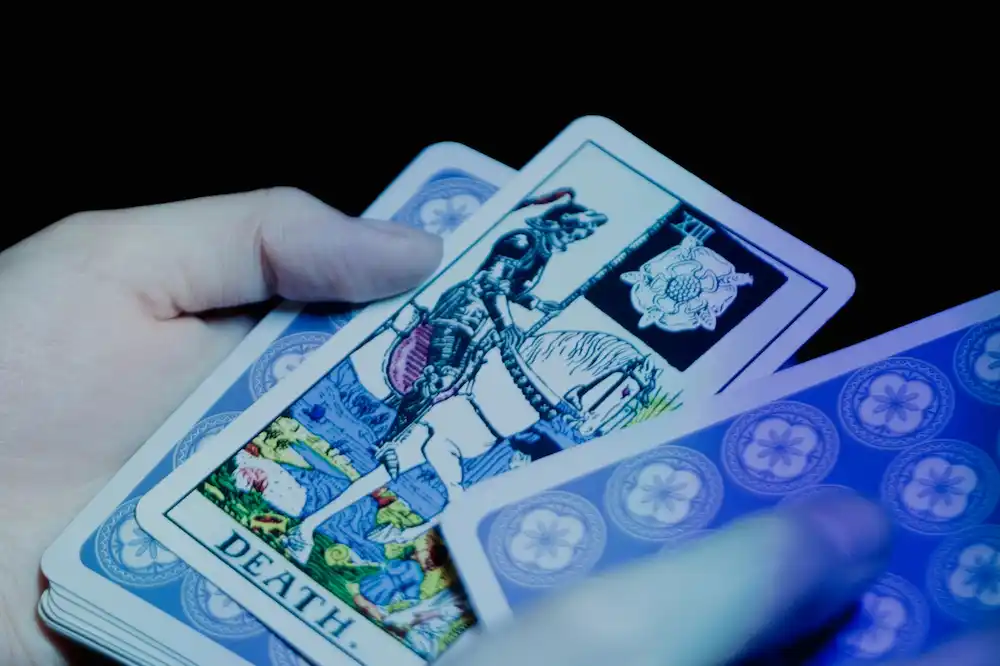
While some people may be scared of these negative cards, they can be a powerful tool for understanding and working through difficult situations.

